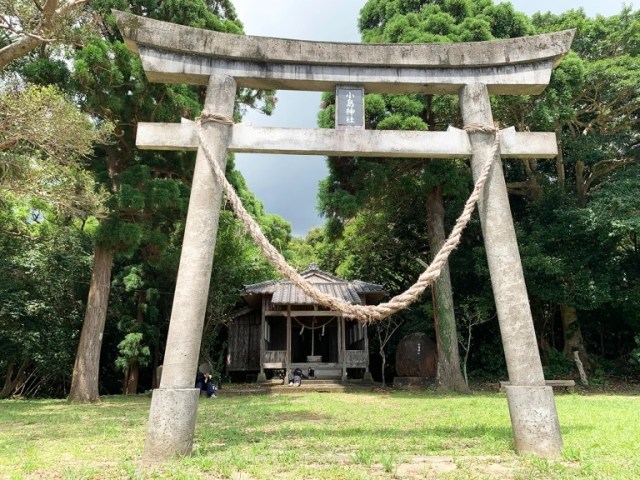
After a month of visiting auspicious sites, Seiji’s luck levels should be maxed out, right?
Traveling around Japan, you’ll sometimes come across places that have earned a reputation as a “power spot” (or pawaa supotto, to use the local pronunciation), places where auspicious energies are said to gather and attach themselves to visitors. Though many Shinto shrines and Buddhist temples are said to be power spots, the label itself isn’t necessarily religious, as forests, mountains, and other sites of unspoiled nature are often called power spots too.
During his recent travels through southwest Japan, our intrepid reporter Seiji Nakazawa visited a whole bunch of power spots. He stopped by Kumamoto Prefecture’s Kusabe Yoshimi, one of Japan’s three great “descending shrines” and partook of its water of eternal youth and longevity. He journeyed to Amano Iwato in Miyazaki Prefecture, the cave which legend says was once occupied by the sun goddess Amaterasu. He spent a whole week on Yakushima, an island so lush with vegetation that the whole place is considered a power spot of sorts.
▼ Yakushima
Add in the places he went to but hasn’t written articles about yet, like Kumamoto’s Kusasenrigahama highlands, and Seiji’s practically spent the past month steeped in power-spot power, which will no doubt be providing him with all sorts of vague but wonderful benefits, right? So to get a sneak peek at his future, after getting back to Tokyo he headed over to Sensoji Temple, in the Asakusa neighborhood.
Like at a lot of temples in Japan, you can draw a paper fortune, called an omikuji, that lets you know whether you’re going to have good luck or bad in the days ahead.
Omikuji have a seven-tier ranking system, which in order from best to worst is:
● Daikichi (very good fortune)
● Kicih (good fortune)
● Shokichi (slightly good fortune blessing)
● Hankichi (half good fortune)
● Suekichi (possible but uncertain fortune)
● Sueshokichi (possible but uncertain slightly good fortune)
● Kyo (bad fortune)
Considering all the power spot legwork he’d been putting in, though, Seiji half-expected a completely new class, which he would call “chokichi” (super good fortune), to come into existence just for him. That would have been a sight to see, but what actually happened turned out to be just as shocking…
…as the fortune Seiji drew was kyo, the absolute worst luck you can have!
▼ 凶 = Kyo
This didn’t make any sense at all! After all those power spot visits, Seiji’s luck levels should be off the charts…and that’s when a raw of hope shined in his otaku mind. You know how in some video games if your score or some other parameter gets higher than the system was designed for, it wraps back around to zero? That must be what’s going on with this bad-luck fortune, Seiji figured.
Thankfully, in addition to an overall ranking, omikuji also have information on specific aspects and categories of your upcoming, so Seiji checked the paper to confirm his I’m-so-lucky-that-it-looks-like-I’m-unlucky theory, and his more detailed fortune said:
“You will be completely at a loss with your empty heart.”
“Your wish will be hard to realize.”
“The sick person is hopeless.”
“The thing you have lost will not be found.”
“The person you are waiting for will not appear.”
“It is a bad time for you to build a new house.”
“It is a bad time for you to take a trip.”
“Both marriage and employment are bad.”
▼ Looks like he should have stopped reading at “kyo.”
Thankfully, temples that offer omikuji also provide a way to ward off an undesirable future. On the grounds, you’ll find cords, bars, or trees designated as spots where you can tie your unwanted fortune, which is said to allow you to leave the bad luck behind when you leave the grounds.
So that’s exactly what Seiji did. We’re keeping our fingers crossed that things work out OK for him, especially since, as his coworkers, we can’t help worrying that we’ll be collateral damage for the “bad employment” part of his kyo omikuji, though maybe that part is just the residual effects of the time he moonwalked across a cursed bridge in Fukui Prefecture for work.
Photos ©SoraNews24
● Want to hear about SoraNews24’s latest articles as soon as they’re published? Follow us on Facebook and Twitter!
[ Read in Japanese ]
Follow Casey on Twitter, where the very first omikuji he ever drew told him “Be careful of fires.”
[ Read in Japanese ]

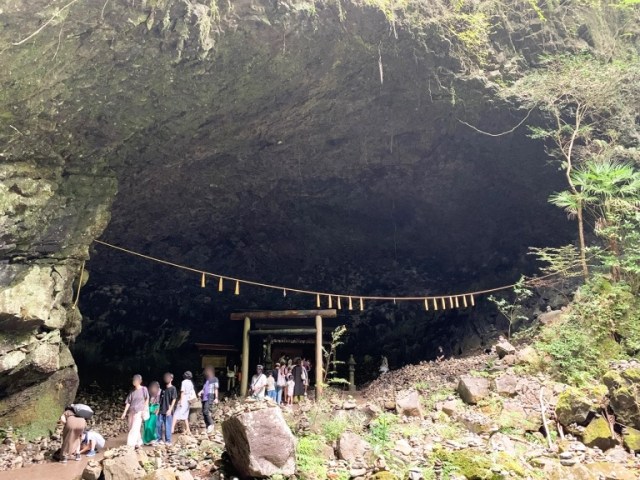
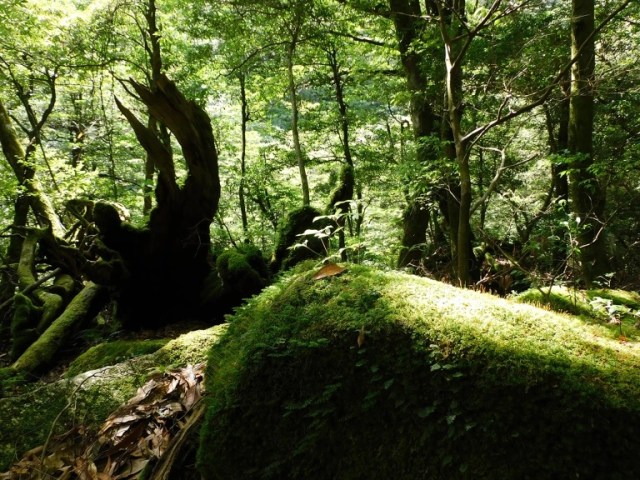
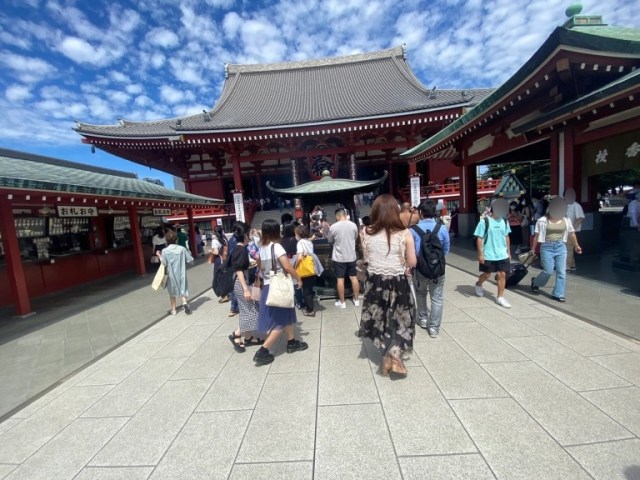

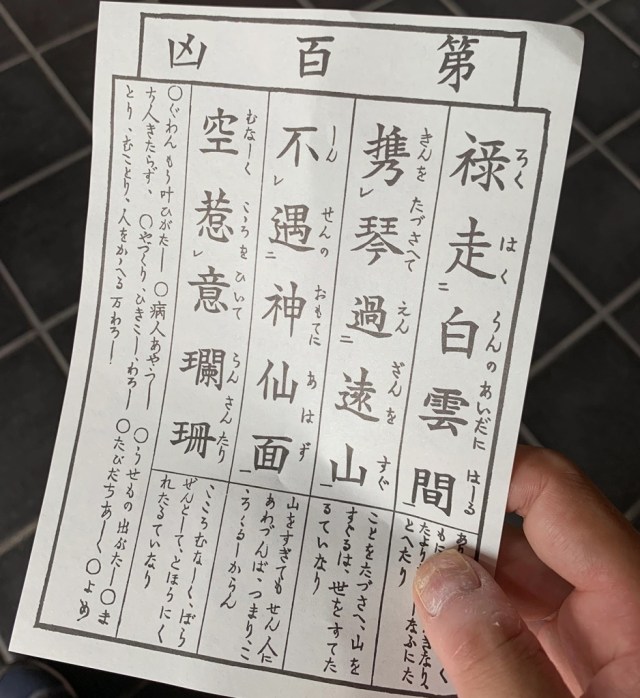
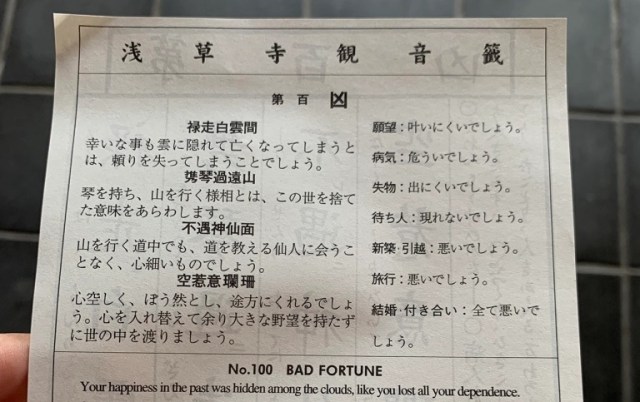
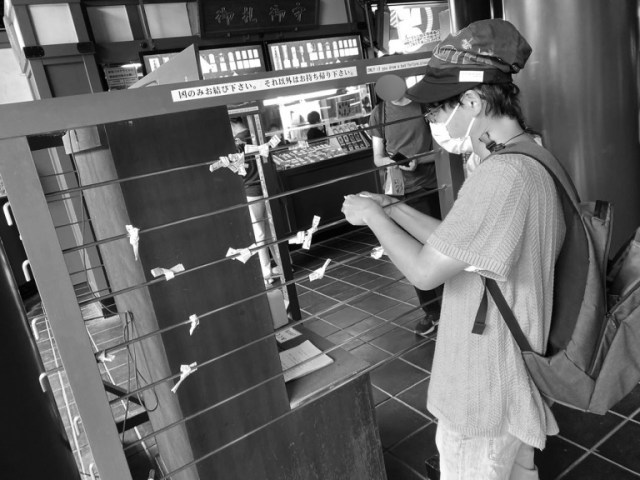
 Fortune-telling ramen: Nissin creates clever use for instant noodle drain holes
Fortune-telling ramen: Nissin creates clever use for instant noodle drain holes Beckoning cat fortunes lure a kitten into their box at cat temple in Japan
Beckoning cat fortunes lure a kitten into their box at cat temple in Japan Solar Chef: We tried cooking an egg using the power of the sun and a magnifying glass
Solar Chef: We tried cooking an egg using the power of the sun and a magnifying glass Buddhist monks cultivate cat haven at Fukui Prefecture’s “Kitty Temple”
Buddhist monks cultivate cat haven at Fukui Prefecture’s “Kitty Temple” What happens when you cook beer with potato chips in a rice cooker?
What happens when you cook beer with potato chips in a rice cooker? McDonald’s new Happy Meals offer up cute and practical Sanrio lifestyle goods
McDonald’s new Happy Meals offer up cute and practical Sanrio lifestyle goods All-you-can-drink Starbucks and amazing views part of Tokyo’s new 170 meter-high sky lounge
All-you-can-drink Starbucks and amazing views part of Tokyo’s new 170 meter-high sky lounge More foreign tourists than ever before in history visited Japan last month
More foreign tourists than ever before in history visited Japan last month The oldest tunnel in Japan is believed to be haunted, and strange things happen when we go there
The oldest tunnel in Japan is believed to be haunted, and strange things happen when we go there Is the new Shinkansen Train Desk ticket worth it?
Is the new Shinkansen Train Desk ticket worth it? Starbucks reopens at Shibuya Scramble Crossing with new look and design concept
Starbucks reopens at Shibuya Scramble Crossing with new look and design concept Beautiful Sailor Moon manhole cover coasters being given out for free by Tokyo tourist center
Beautiful Sailor Moon manhole cover coasters being given out for free by Tokyo tourist center Beautiful new Final Fantasy T-shirt collection on the way from Uniqlo【Photos】
Beautiful new Final Fantasy T-shirt collection on the way from Uniqlo【Photos】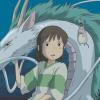 Haku is…Chihiro’s dead brother? Studio Ghibli fans blown away by Spirited Away theory
Haku is…Chihiro’s dead brother? Studio Ghibli fans blown away by Spirited Away theory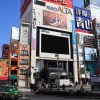 One of Tokyo’s most famous meeting-spot landmarks is closing for good
One of Tokyo’s most famous meeting-spot landmarks is closing for good Disney princesses get official manga makeovers for Manga Princess Cafe opening in Tokyo
Disney princesses get official manga makeovers for Manga Princess Cafe opening in Tokyo We try out “Chan Ramen”, an underground type of ramen popular in the ramen community
We try out “Chan Ramen”, an underground type of ramen popular in the ramen community Foreign English teachers in Japan pick their favorite Japanese-language phrases【Survey】
Foreign English teachers in Japan pick their favorite Japanese-language phrases【Survey】 There’s a park inside Japan where you can also see Japan inside the park
There’s a park inside Japan where you can also see Japan inside the park Japanese convenience store packs a whole bento into an onigiri rice ball
Japanese convenience store packs a whole bento into an onigiri rice ball Studio Ghibli releases Kiki’s Delivery Service chocolate cake pouches in Japan
Studio Ghibli releases Kiki’s Delivery Service chocolate cake pouches in Japan Japan’s bone-breaking and record-breaking roller coaster is permanently shutting down
Japan’s bone-breaking and record-breaking roller coaster is permanently shutting down New definition of “Japanese whiskey” goes into effect to prevent fakes from fooling overseas buyers
New definition of “Japanese whiskey” goes into effect to prevent fakes from fooling overseas buyers Foreign passenger shoves conductor on one of the last full runs for Japan’s Thunderbird train
Foreign passenger shoves conductor on one of the last full runs for Japan’s Thunderbird train Our Japanese reporter visits Costco in the U.S., finds super American and very Japanese things
Our Japanese reporter visits Costco in the U.S., finds super American and very Japanese things Kyoto bans tourists from geisha alleys in Gion, with fines for those who don’t follow rules
Kyoto bans tourists from geisha alleys in Gion, with fines for those who don’t follow rules Studio Ghibli unveils Mother’s Day gift set that captures the love in My Neighbour Totoro
Studio Ghibli unveils Mother’s Day gift set that captures the love in My Neighbour Totoro Domino’s Japan now sells…pizza ears?
Domino’s Japan now sells…pizza ears? New Japanese KitKat flavour stars Sanrio characters, including Hello Kitty
New Japanese KitKat flavour stars Sanrio characters, including Hello Kitty Sales of Japan’s most convenient train ticket/shopping payment cards suspended indefinitely
Sales of Japan’s most convenient train ticket/shopping payment cards suspended indefinitely Sold-out Studio Ghibli desktop humidifiers are back so Totoro can help you through the dry season
Sold-out Studio Ghibli desktop humidifiers are back so Totoro can help you through the dry season Japanese government to make first change to romanization spelling rules since the 1950s
Japanese government to make first change to romanization spelling rules since the 1950s Ghibli founders Toshio Suzuki and Hayao Miyazaki contribute to Japanese whisky Totoro label design
Ghibli founders Toshio Suzuki and Hayao Miyazaki contribute to Japanese whisky Totoro label design Doraemon found buried at sea as scene from 1993 anime becomes real life【Photos】
Doraemon found buried at sea as scene from 1993 anime becomes real life【Photos】 Tokyo’s most famous Starbucks is closed
Tokyo’s most famous Starbucks is closed One Piece characters’ nationalities revealed, but fans have mixed opinions
One Piece characters’ nationalities revealed, but fans have mixed opinions We asked a Uniqlo employee what four things we should buy and their suggestions didn’t disappoint
We asked a Uniqlo employee what four things we should buy and their suggestions didn’t disappoint Princesses, fruits, and blacksmiths: Study reveals the 30 most unusual family names in Japan
Princesses, fruits, and blacksmiths: Study reveals the 30 most unusual family names in Japan Studio Ghibli’s new desktop Howl’s Moving Castle will take your stationery on an adventure
Studio Ghibli’s new desktop Howl’s Moving Castle will take your stationery on an adventure “Hey, Japanese taxi driver, take us to the best Sapporo ramen place!” – Things don’t go as planned
“Hey, Japanese taxi driver, take us to the best Sapporo ramen place!” – Things don’t go as planned Noodle joint in Harajuku becomes a hot topic with foreigners on Reddit, but is it any good?
Noodle joint in Harajuku becomes a hot topic with foreigners on Reddit, but is it any good? Japanese restaurant chain causes a stir with foreigners online, but is it any good?
Japanese restaurant chain causes a stir with foreigners online, but is it any good? Eating a shark heart from a Tokyo supermarket【Photos】
Eating a shark heart from a Tokyo supermarket【Photos】 We turn into paranormal investigators, check out the “world’s scariest” haunted spot in the U.K.
We turn into paranormal investigators, check out the “world’s scariest” haunted spot in the U.K. Takoyaki store in Osaka becomes a hot topic on Reddit, but is it any good?
Takoyaki store in Osaka becomes a hot topic on Reddit, but is it any good? These Pakistani students in Tokyo had never been to the beach, and that’s something we had to fix
These Pakistani students in Tokyo had never been to the beach, and that’s something we had to fix Is it okay to bleach hair that has been surgically transplanted? Seiji reports on his hairline
Is it okay to bleach hair that has been surgically transplanted? Seiji reports on his hairline What’s it like to attend an idol concert where they’re singing lyrics that you wrote? Complicated
What’s it like to attend an idol concert where they’re singing lyrics that you wrote? Complicated This is the one and only kakuni pork bowl restaurant in Tokyo, and it’s amazing
This is the one and only kakuni pork bowl restaurant in Tokyo, and it’s amazing The best soba restaurant on Yakushima island, according to locals
The best soba restaurant on Yakushima island, according to locals Giant temple in mountains of Japan is also one of its most impressive tapioca bubble tea cafes
Giant temple in mountains of Japan is also one of its most impressive tapioca bubble tea cafes Non-Whisper of the Heart Seiji’s 60x-zoom sneak peek of the real-world Earth Shop at Ghibli Park
Non-Whisper of the Heart Seiji’s 60x-zoom sneak peek of the real-world Earth Shop at Ghibli Park Family cheated out of 54 million yen by man impersonating Japanese rock star for three years
Family cheated out of 54 million yen by man impersonating Japanese rock star for three years Want to date RocketNews24’s most eligible bachelor? Here’s your chance! 【Contest】
Want to date RocketNews24’s most eligible bachelor? Here’s your chance! 【Contest】
Leave a Reply